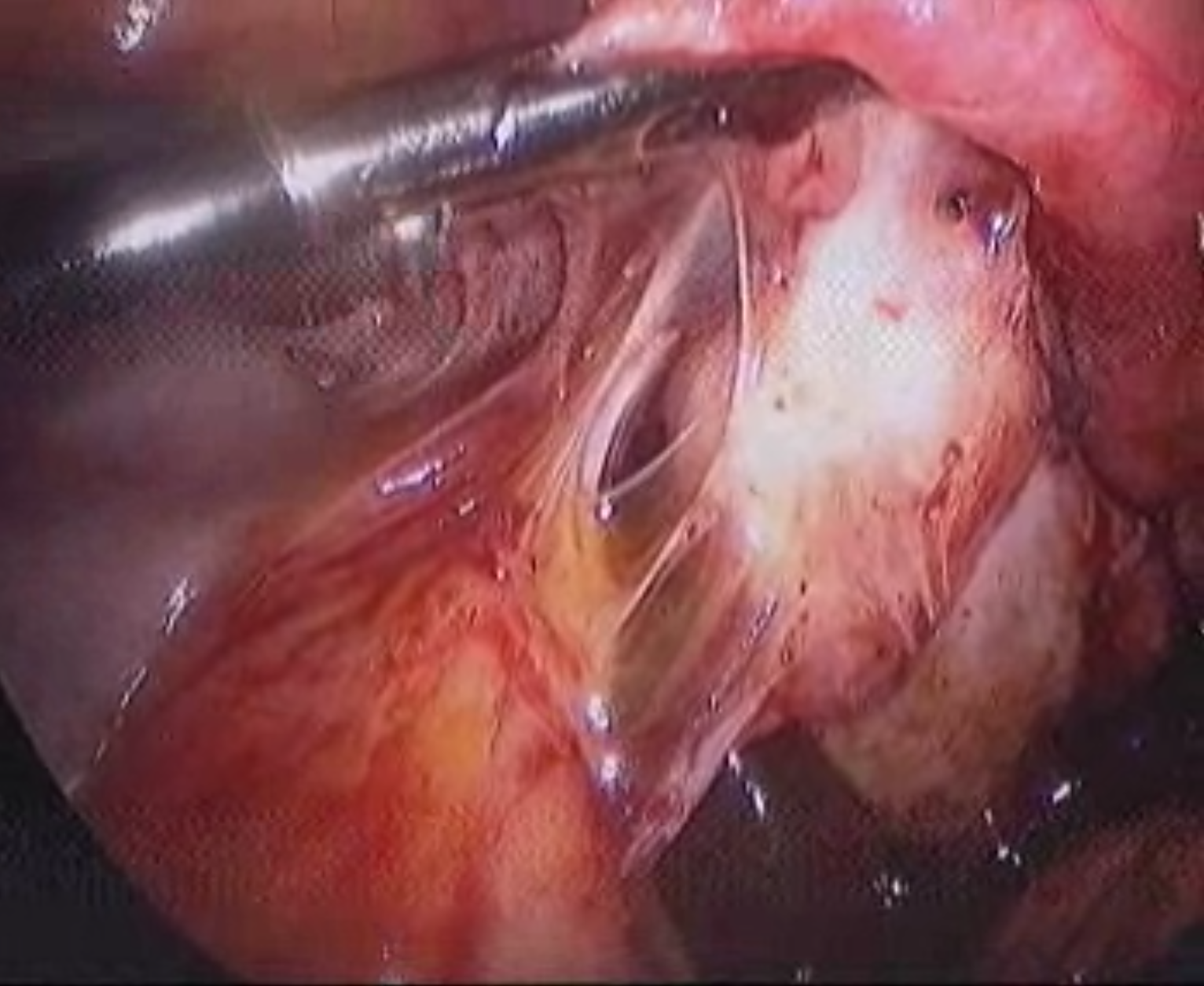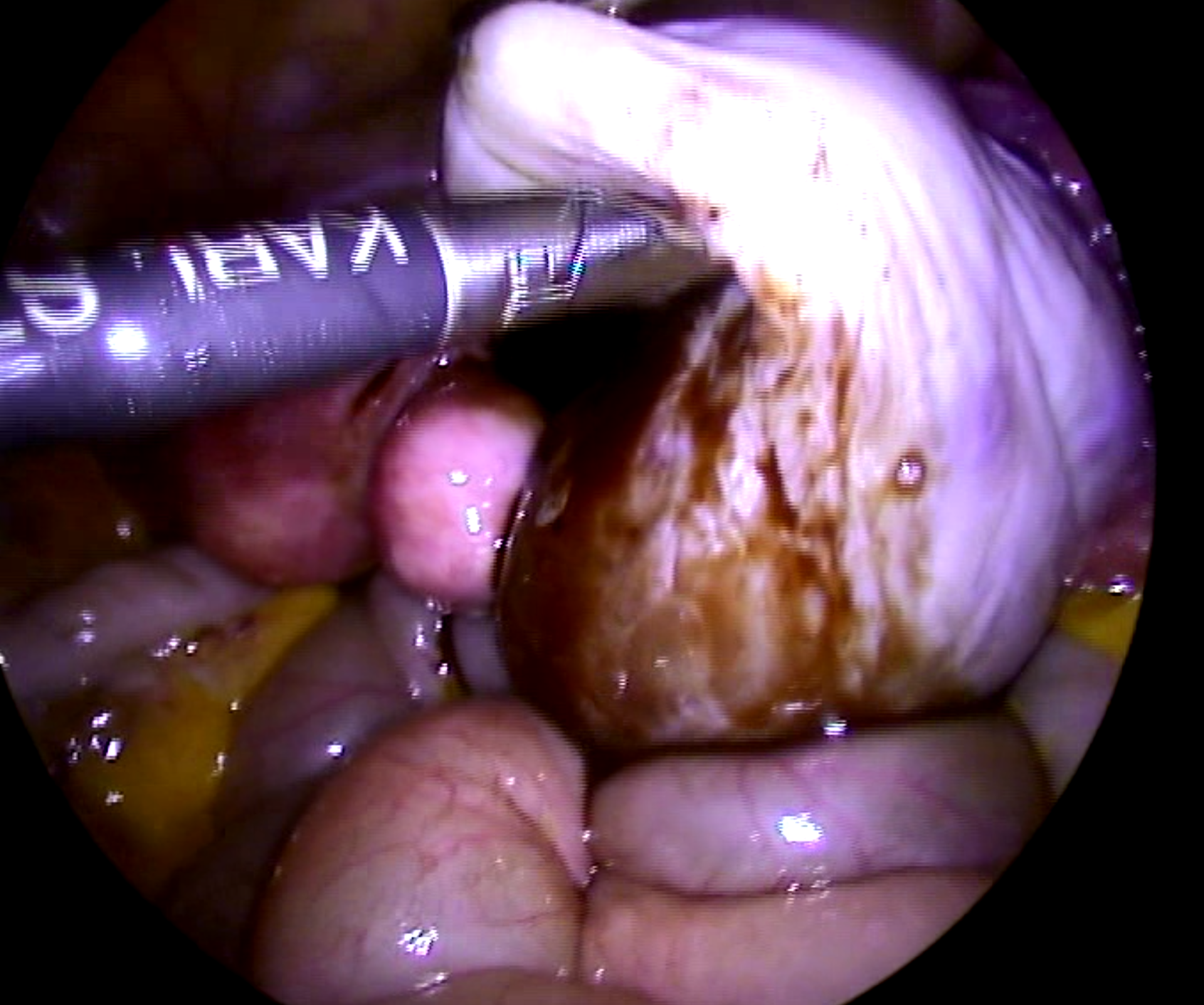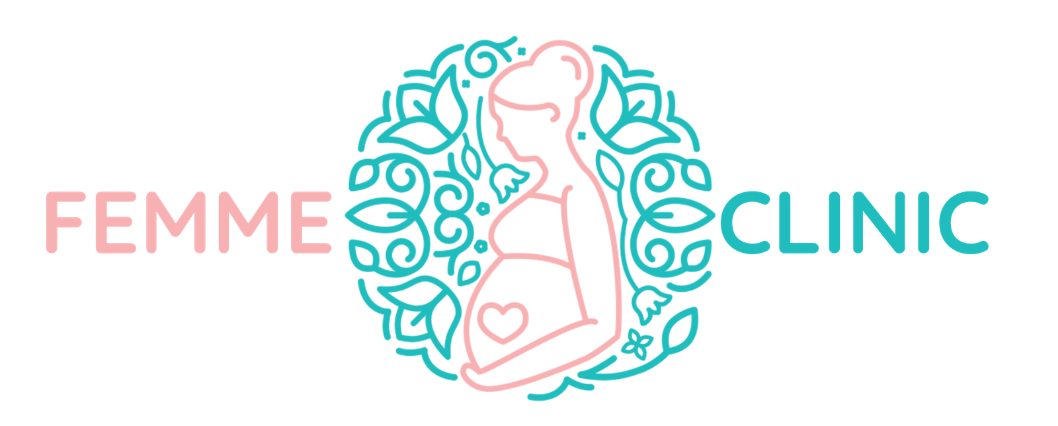Endometriosis & Fibroids are different in nature although
The symptoms of endometriosis and fibroids are comparable. Endometriosis is caused by tissue that is normally found in the uterus; endometrial tissue that extends beyond the uterus and attaches to the nearest organs, such as the large intestine or other organs even to the lungs and brain, ovaries, or fallopian tubes, causes endometriosis. Both conditions involve abnormally growing tissue, but uterine fibroids are benign growths that appear on or within uterine walls.
Endometriosis and uterine fibroids are rather prevalent conditions among women in the fertility years.the etiology is multifactorial may including chronic infections, gynecological diseases, hormonal disturbance, genetic factor, and environmental factors including stress, smoking, poor nutrition, and alcohol consumption.
Endometriosis affect between 10-14% of all females between the age of 15 and 44, nulliparous – never get pregnant- (74.1%) and secondary infertility (52%) were diagnosed with endometriosis.
Endometriosis and uterine fibroids may affect your fertility, few symptoms are common between both diagnosis although they are different in their nature.
- Severe abdominal cramping and shooting pain
- Painful menstruation (Dysmenorrhea)
- Heavy menstrual bleeding
- Painful sex (Dyspareunia)
- Irregular bowel movements/diarrhea during menses
Fibroids can occasionally be asymptomatic, meaning the patient has no symptoms, and they can be accidentally discovered .Uterine fibroids can be seen with the ultrasound or further investigation would be MRI imaging. Uterine fibroids (leiomyomas) are the most common pelvic tumor, occurring in approximately 70% of White women and 80% of Black women.
Endometriosis symptoms are cramps that begin before and extend after a menstrual period, lower back or abdominal pain, pain with intercourse, pain with bowel movements or urination, and infertility, may also appear in your first visit with endometrioma (Chocolate cyst). unfortunately The endometrial cells and tissues can’t be seen with the ultrasound nor the MRI imaging yet still there are few ultrasound findings that leads to the diagnosis, the only method to detect is the laparoscopy.
FIGO (Federation Internationale de Gynecologie et d’Obstetrique) classification of the uterine fibroids:
Submucosal group
- FIGO 0: pedunculated & intracavitory
- FIGO 1: <50% intramural
- FIGO 2: ≥50% intramural
Other group
- FIGO 3: 100% intramural; contacts endometrium
- FIGO 4: intramural
- FIGO 5: subserosal ≥50% intramural
- FIGO 6: subserosal <50% intramural
- FIGO 7: subserosal pedunculated
- FIGO 8: other, e.g.cervical, parasitic
Management of Endometriosis may include: (according to the patient need/main complain)
- Hormonal therapy
- Pain Killers
- Supportive treatment
- GnRh medication
- Surgical or laparoscopic intervention
- Liftsyle changes
- Assisted reproductive techniques (if you are welling to conceive)
Management of uterine fibroids may include:
- Reassuring
- Hormonal therapy
- Supportive treatment
- GnRh medication
- Surgical, laparoscopic +/- Hysteroscopic intervention








